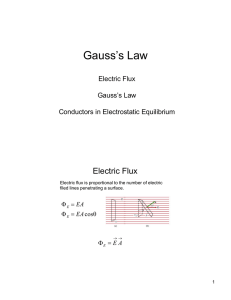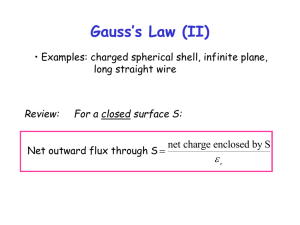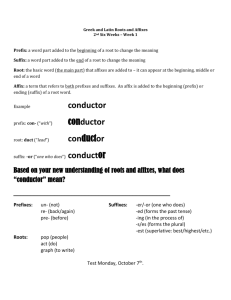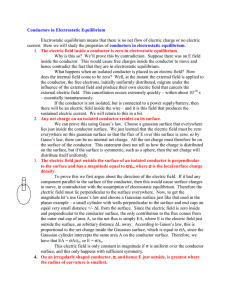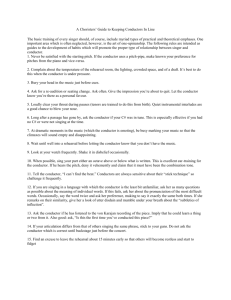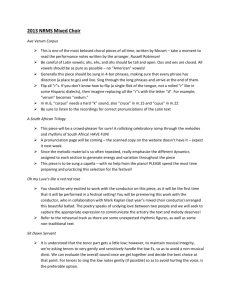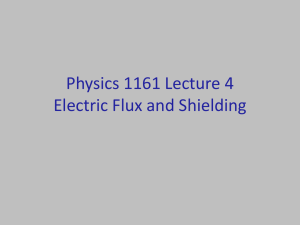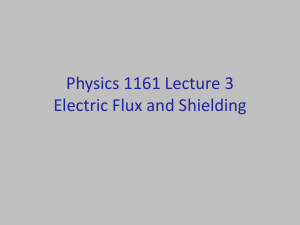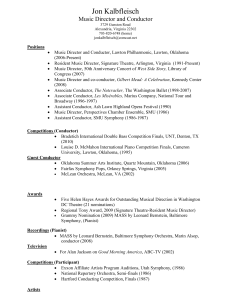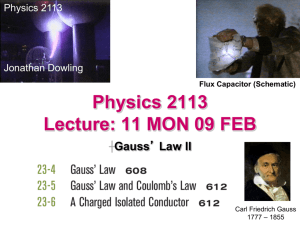Lecture
advertisement
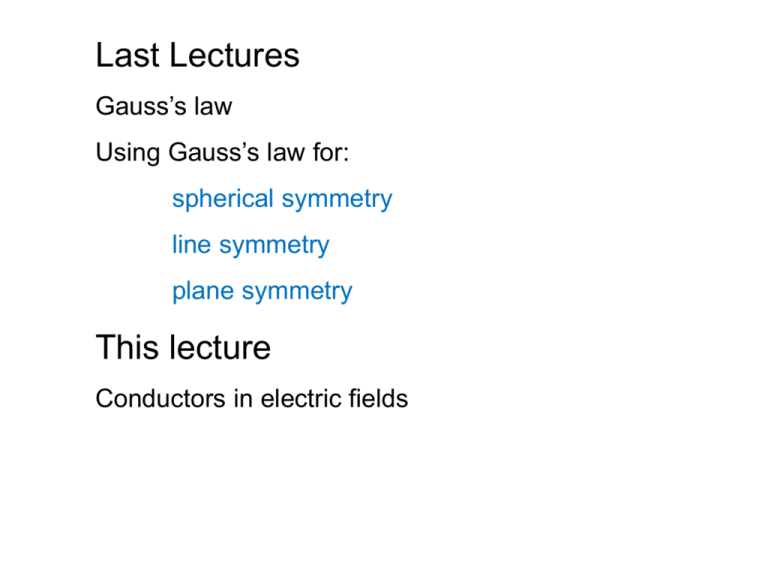
Last Lectures Gauss’s law Using Gauss’s law for: spherical symmetry line symmetry plane symmetry This lecture Conductors in electric fields 21.6 Charges on Conductors electrostatic equilibrium A Gaussian surface completely within the conductor. Since E must be zero inside conductor, the net flux through this surface must be zero. EXAMPLE: (a) shows a cross section of a spherical metal shell of inner radius R. A point charge of –5.0 C is located at a distance R/2 from the centre of the shell. If the shell is electrically neutral, what are the (induced) charges on its inner and outer surfaces? Are those charges uniformly distributed? What is the field pattern inside and outside the shell? Key Idea: Electric field is zero inside metal and thus on Gaussian surface. Key Idea: Shell is electrically neutral. Electrons move from inner surface to outer surface and spread out uniformly Example 21.7 There is a hollow cavity inside a conductor. The conductor itself has a charge of 1 μC, and there is a 2 μC charge inside the cavity. Find the net charge on the outer surface of the conductor, assuming electrostatic equilibrium. Assess: What does this charge distribution look like from far away? Field at the surface of a conductor NB E is always perpendicular to the surface WHY? More on this with potential Field at the surface of a conductor Now use Gauss’s law to find E just outside a conductor surface EA 0 qenclosed 0 A EA 0 (field at conductor surface) E 0 Field at the surface of a conductor Field at the surface of a conductor Two oppositely charged conducting plates TrueTrue A or False? False F 1. If the net electric flux out of a closed surface is zero, the electric field must be zero everywhere on the surface. False 2. If the net electric flux out of a closed surface is zero, the charge False density must be zero everywhere inside the surface. 3. The electric field is zero everywhere within the material of a conductor in electrostatic equilibrium. 4. The tangential component of the electric field is zero at all points just outside the surface of a conductor in electrostatic True equilibrium. False The normal component of the electric field is the same at all points 5. just outside the surface of a conductor in electrostatic equilibrium. Try these again! True
